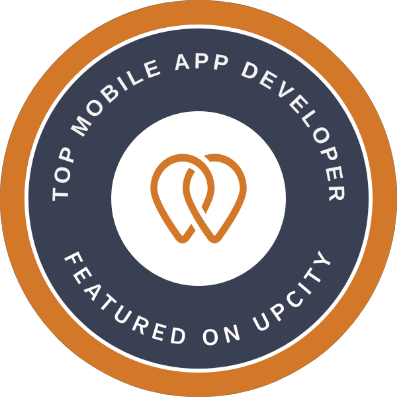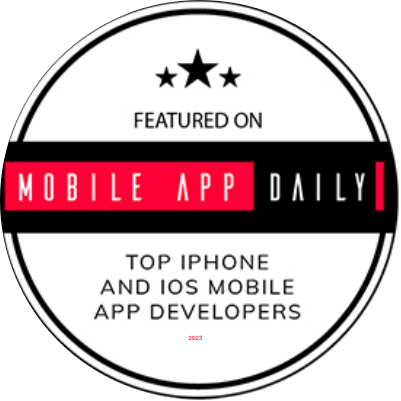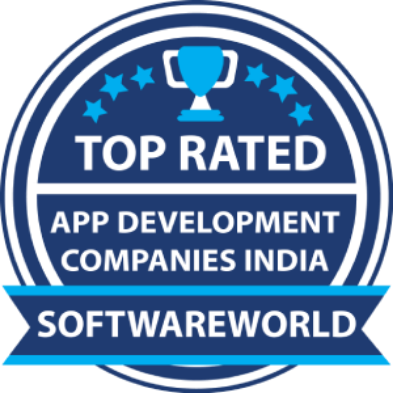Delivering Success
As a market-leading mobile app and web development company, Nimble AppGenie is helping businesses around the world reach the success they desire.
As a market-leading mobile app and web development company, Nimble AppGenie is helping businesses around the world reach the success they desire.

Nimble AppGenie offers a range of mobile app, web, and software development services that help you bring your idea to reality.

Nimble AppGenie’s market-leading development services deliver tailor-cut, innovative, & stellar solutions across various industries.
Hire experienced and creative web and mobile app developers who will help your business outgrow the competition.

7 Temasek Boulevard, One, #12-07 Suntec Tower, Singapore 038987
Partner with seasoned experts to transform your vision into a seamless, innovative app. Let's start your journey today!
Let's start your journey today!

Projects Completed

Clients Globally

Client Retention

Years of Experience





